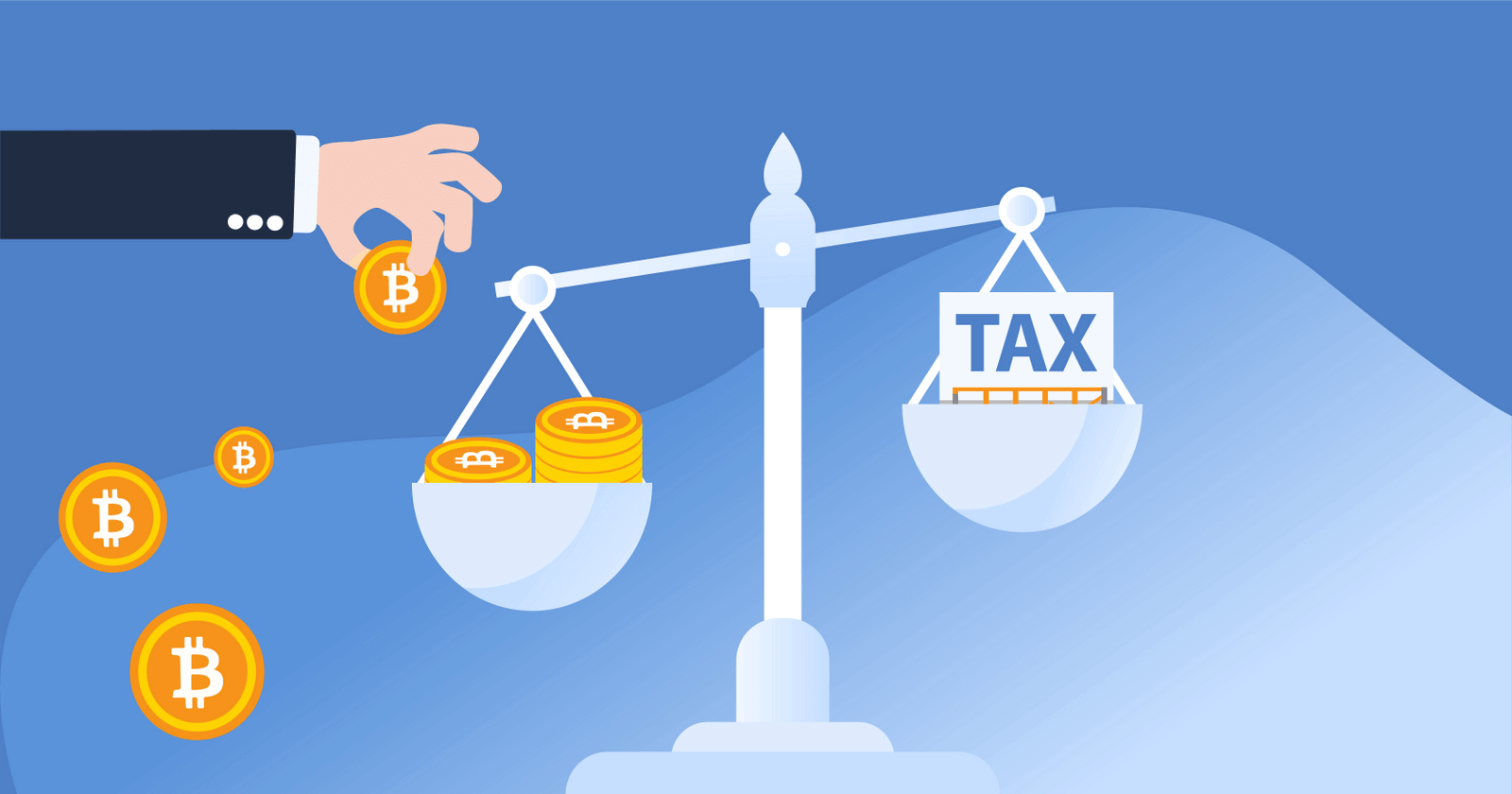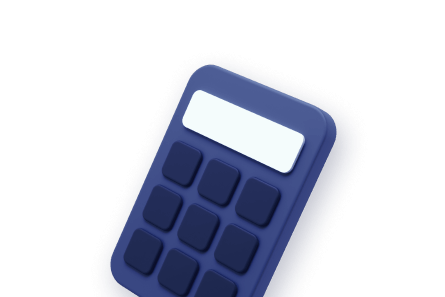

Key Takeaways
- Crypto whales are investors who hold large amounts of cryptocurrency and can impact market prices through their purchasing power.
- Tracking whale activity can help you predict market movements and identify investment opportunities.
What is a crypto whale?
A ‘crypto whale’ is a term used to describe high net-worth individuals or entities that hold a significant amount of cryptocurrency.
These investors are called ‘whales’ because they have the capital to influence market prices. A whale can purchase a significany amount of a specific cryptocurrency and push the price of that asset upwards.
Some studies claim that a single cryptocurrency whale was responsible for the Bitcoin bull run in 2017!
How much crypto do I need to be classified as a whale?
While there’s no definitive threshold for being classified as a cryptocurrency whale, some analysts use the following definitions:
- Owning 1,000 units or more of BTC
- Owning $10 million or more of a specific cryptocurrency
What are the different types of whales?
Whales typically come in two categories: individual or institutional.
Individual whale: An individual whale is typically a high net-worth crypto investor.
Institutional whale: An institutional whale may be an exchange, a DeFi protocol, or a crypto trading firm that holds a large amount of crypto.
Why do crypto whales matter?
.jpg)
Let’s walk through a few reasons why it’s important to track crypto whales.
Whales move markets
Cryptocurrency whales can significantly impact the value of your holdings.
Because cryptocurrency whales own so much cryptocurrency, their buying/selling decisions can impact the value of a specific project, or in some cases, the value of the entire crypto market.
Whales impact governance
Many cryptocurrencies allow holders to vote on governance decisions. As a result, cryptocurrency whales often have the power to influence project decisions — such as the roadmap or how the project distributes funds to users.
Whales can help you spot new projects
Cryptocurrency whales may invest in exciting new projects before the general public. Tracking whale activity may help you spot these projects before they gain popularity.
How much crypto do I need to be classified as a whale?
While there’s no definitive threshold for being classified as a cryptocurrency whale, some analysts classify investors as whales if they meet one of the following conditions:
- Owning 1,000 units or more of BTC
- Owning $10 million of a specific cryptocurrency
How do I track crypto whales?
Interested in tracking crypto whales? Remember, all crypto transactions are publicly viewable on the blockchain. As a result, blockchain explorers and ‘whale trackers’ can be used to monitor whale activity.
Blockchain Explorers: Explorers like Etherscan can be used to find cryptocurrency whales. Simply enter the project that you’re interested in, then click on ‘Holders’. From here, you’ll be able to see the wallets that own the most tokens!

Whale trackers: Whale Alert is a popular platform that monitors millions of transactions, and sends out notifications for whale activity. You can follow Whale Alert on X to get real-time updates on whale activity!
Publicly available lists: There are publicly available lists of known whale wallets — such as this list from r/cryptowhalewatching.
Portfolio trackers: Crypto portfolio trackers can be used to track the value of wallets across dozens of blockchains. You can use these tools not just to track your own portfolio, but the portfolio of any known wallet address.
It’s important to note that tracking whale wallets is not always a winning strategy. Just like retail traders, cryptocurrency whales can make ‘bad’ trading decisions.
In addition, whales often use multiple wallets to obscure their activity.
Who is the largest crypto whale in the world?
The largest cryptocurrency whale in the world is Satoshi Nakamoto, the pseudo-anonymous creator of Bitcoin.
The wallet address featured in Bitcoin’s white paper, which holds approximately 1 million BTC, is often attributed to Satoshi Nakamoto.
To this day, Satoshi Nakamoto’s true identity has not been revealed to the public.
How do crypto whales hide their identity?
Crypto whales often protect their identities by using multiple wallet addresses or using over-the-counter (OTC) trading to conduct large transactions without causing major market disruptions and attracting attention.
These techniques can make it difficult for everyday investors to trace transactions back to a single whale.
In addition, cryptocurrency is pseudo-anonymous by nature. Unless a wallet has been publicly linked to a whale, it’s usually difficult to prove that they are owned by any specific individual or entity.
What are some known whale addresses?
Let’s walk through some well-known whale wallet addresses.
- 1A1zP1eP5QGefi2DMPTfTL5SLmv7DivfNa: This Bitcoin wallet address is widely assumed to be owned by Satoshi Nakamoto, the pseudo-anonymous founder of Bitcoin. The BTC in this wallet has never been moved.
- 0xd8dA6BF26964aF9D7eEd9e03E53415D37aA96045: This is one of the known wallet addresses for Vitalik Buterin, the co-founder of Ethereum. Buterin currently has an estimated net worth of more than $800 million.
- 0x293Ed38530005620e4B28600f196a97E1125dAAc: This wallet address has been associated with former Shark Tank co-host and prominent crypto investor Mark Cuban.
- 0xf584F8728B874a6a5c7A8d4d387C9aae9172D62: This wallet address has been associated with Jump Trading — a sister trading firm of the venture capital firm Jump Capital.
- 0xbcd5000f5c522856e710c5d274bb672b2f2eefbf: This wallet address has been associated with Polychain Capital — a prominent crypto investment firm.
Who are the world’s most well-known cryptocurrency whales?
Let’s walk through some publicly well-known cryptocurrency billionaires.
Satoshi Nakamoto (Net worth: $81 billion): Satoshi Nakamoto is the anonymous founder of Bitcoin. To this day, his identity has not yet been revealed to the public. While many of the wallets associated with him have been inactive for years, their total value is worth more than $80 billion.
Elon Musk (Net worth: $370 billion): Elon Musk has publicly confirmed owning BTC, ETH, and DOGE. However, it’s unclear how much of each cryptocurrency he owns.
Changpeng Zhou (Net worth: $63 billion): Changpeng Zhao is the founder and former CEO of Binance. While he was convicted of money laundering, he still has a large amount of crypto holdings — mostly in BNB, Binance’s native cryptocurrency.
Michael Saylor (Net worth: $11 billion): Michael Saylor is a prominent Bitcoin advocate and the former CEO of Strategy. While it is unknown how much BTC Saylor owns, Strategy owns more than 400,000 BTC in its reserves.
Brian Armstrong (Net worth: $9 billion): Brian Armstrong is the founder and CEO of Coinbase. It’s estimated that Coinbase holds around 9,000 BTC in its reserves.
Chris Larsen (Net worth: $8 billion): Chris Larsen is the co-founder and executive chairman of Ripple Labs, the company behind the cryptocurrency XRP. In 2025, it was reported that Larsen recently sold more than $100 million of XRP.
Vitalik Buterin (Net worth: $1 billion): Vitalik Buterin is a co-founder of Ethereum. Today, his cryptocurrency wallet holds more than 270,000 ETH.
Which companies are Bitcoin whales?
Here’s a list of companies with substantial BTC holdings.
Which governments are Bitcoin whales?
El Salvador: El Salvador became famous for being the first country to purchase Bitcoin. Currently, the country holds more than 6,000 BTC.
United States of America: The US government is one of the world's largest Bitcoin whales. It’s been estimated that the federal government has more than 198,000 BTC that have been confiscated from criminals! In 2025, President Trump announced that BTC and other cryptocurrencies would be part of the US strategic crypto reserve.
What are some techniques whales can use to manipulate markets?
Let’s walk through some of the techniques that crypto whales use to manipulate the market:
Whale Wall Spoofing: A whale places a large order to buy or sell a specific cryptocurrency, without ever intending for the trade to be executed. This may cause panic reactions through the crypto market.
Wash Trading: A whale rapidly buys and sells an asset to make transaction volume for a specific cryptocurrency go up, creating the illusion of high activity and high demand.
Disseminating False Information: Whales and other market manipulators may spread false information on forums and social media (also known as FUD). This misinformation can lead to price movements that benefit the manipulators.
Understanding these tactics is important because it can help you identify potential whale manipulation.
In conclusion
Crypto whales can have a major impact on the market. By tracking their moves, you can better anticipate price swings, spot potential investments, and avoid falling for market manipulation.
Frequently asked questions
How we reviewed this article
All CoinLedger articles go through a rigorous review process before publication. Learn more about the CoinLedger Editorial Process.

CoinLedger has strict sourcing guidelines for our content. Our content is based on direct interviews with tax experts, guidance from tax agencies, and articles from reputable news outlets.






























%20(1).png)





.png)
















